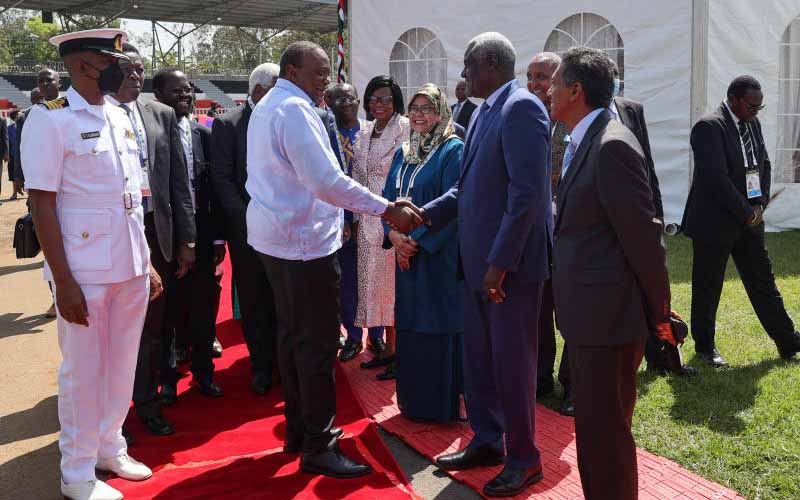×
The Standard e-Paper
Stay Informed, Even Offline

Kenya yesterday led the African Union in pushing for the establishment of sustainable cities amid pressure on countries in the continent to improve intermediary cities.
Following rapid rural-urban migration, intermediary cities have become a focal point of development for African cities and formed the core of discussions as the 9th Africities conference started.